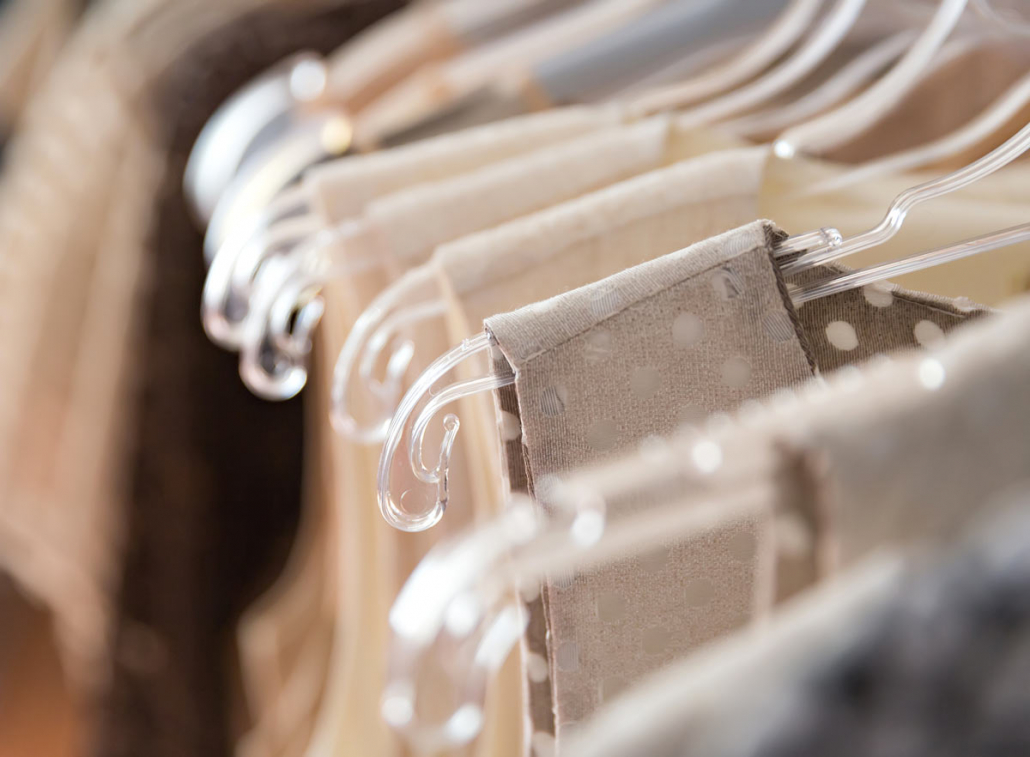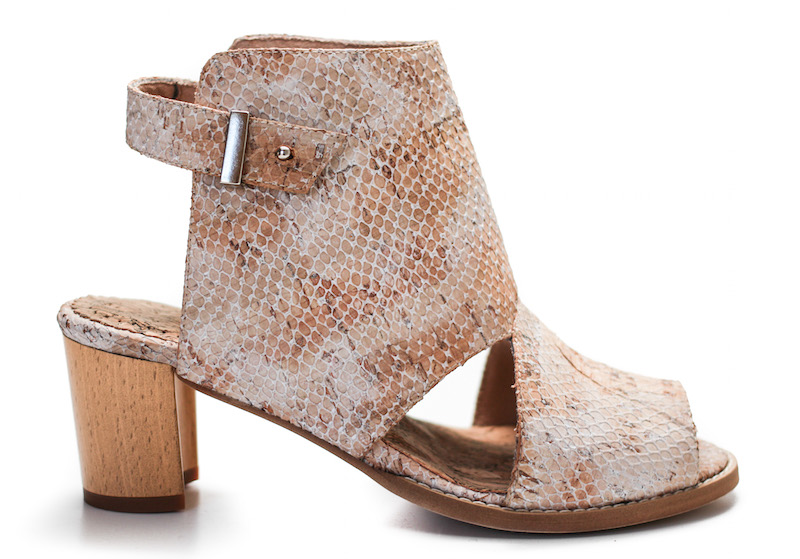Not too long ago, I received this comment on one of my posts: “I want to know more about what you know. I’m such a mindful consumer when it comes to food but have never thought about how my purchasing decisions with clothes, etc could be negatively impacting the change I so emotionally pursue.”
It inspired me to go back to the basics, realizing again how new the sustainable fashion movement is to most consumers. For those of you wondering why you should care about what’s in your closet, here are the big six:
1.) There are chemicals on your clothes. And they’re often carcinogenic. (Carcinogenic = cancer-causing). While the slow food movement is starting to catch on and consumers are becoming increasingly more conscious of what they eat, we don’t yet think of clothing in the same way.
Most of us haven’t caught on that the pesticides, insecticides, formaldehyde and flame-retardants on our clothes are also damaging to our health. Skin is our body’s largest organ and it instinctively absorbs whatever we put on it — clothing chemicals included.
(Next time you’re browsing through the racks at your favorite big box retailer, rub your finger tips together. You’ll notice a grimey film that has transferred off the clothing and onto you.)
2.) There are 27 to 30 million slaves in the world today. Yes, slaves.
Have you ever wondered how companies like Zara and Forever 21 can sell t-shirts for 5 dollars?
There are people in countries such as Uzbekistan, Cambodia, Bangladesh and India who are forced to work against their will. Whether they’re picking cotton or tanning leather, they aren’t being paid to make your clothing. They are literally bound to a life of enslavement with very little hope of getting out.
Factory workers who are being paid are probably who you would think of as “sweatshop” workers and are most likely earning less than a living wage — that means they can’t afford to feed or shelter themselves, let alone their families. In 2012, a Swedish broadcaster reported that workers in Cambodia were being paid so little they had to borrow money for food.
3.) Big retailers are a big problem.
Our bargain shopping, big sale seeking, cheap consumer mentality is directly related to the people making our clothing. Because we expect to be able to buy a shirt for less than 20 bucks, retailers are forced to find ways to lower costs and compete in a highly-saturated market. This usually requires cutting corners in manufacturing overseas.
In November, H&M made a public statement saying it plans to deliver a “living wage” to more than 850,000 textile workers by 2018. While it sounds like a noble gesture, it raises the question of why the giant retailer wasn’t paying its workers fairly in the first place. In the past, H&M has been accused of promoting poverty pay, unsafe working environments and malnutrition.
H&M is not alone — Forever 21, Inditex (the parent company of Zara), GAP, JC Penney, and many more, are major players in human rights and labor issues around the world.
4.) Our old clothes (and disposable behavior) are ruining Africa’s economy.
Ready to drop off a big pile of donations at your local Goodwill? While the reselling of second-hand clothes is ethically sound, it’s the massive amounts of donations that cause a problem. Goodwill, Salvation Army, and the like, receive more clothing donations than they could ever resell. So what happens to the excess?
According to an op-ed in The Business of Fashion, “The majority of donated clothing is sold to second-hand clothing merchants, who sort garments, then bundle them in bales for resale, usually outside the country in which the clothing was originally donated.”
In Sub-Saharan Africa, where one-third of all globally donated clothes are sold, the used clothing business is undermining Africa’s own textiles and manufacturing industry. Even more, “dumping” our unwanted clothing into countries on the other side of the world gives us an unrealistic sense of security that we can continue to consume and throw away at unsustainable rates.
5.) It takes decades for your clothing to decompose in a landfill.
The fast fashion industry has turned four regular seasons into 52 “microseasons” to push new trends and encourage rapid consumption. Retailers make it easy for shoppers to buy a cheap dress, wear it once, and never wear it again. We don’t think about where those clothes go after we’re done with them.
The average American throws away 68 pounds of clothing per year. Nylon, rayon, polyester and other synthetic materials are essentially plastics that will most likely be around for far longer than you will. At the rate consumer waste is piling up, it doesn’t look good for the future of the planet.
6.) We’re not helpless.
Consumers have the purchasing power. We all have the ability to change the industry by choosing which companies deserve our dollars. It comes down to educating yourself and adjusting your lifestyle in a way that doesn’t require excessive consumption of disposable clothing.
Education can be as simple as following a few ethical fashion blogs on Facebook. You’ll learn something throughout the day just from reading the headlines. (A few of my favorites are: Ecouterre, EcoSalon, Magnifeco & Ethical Fashion Forum.)
What more can you do? Read my follow-up post, 4 Things to Remember Every Time You Shop For Clothes on the Huffington Post.





















